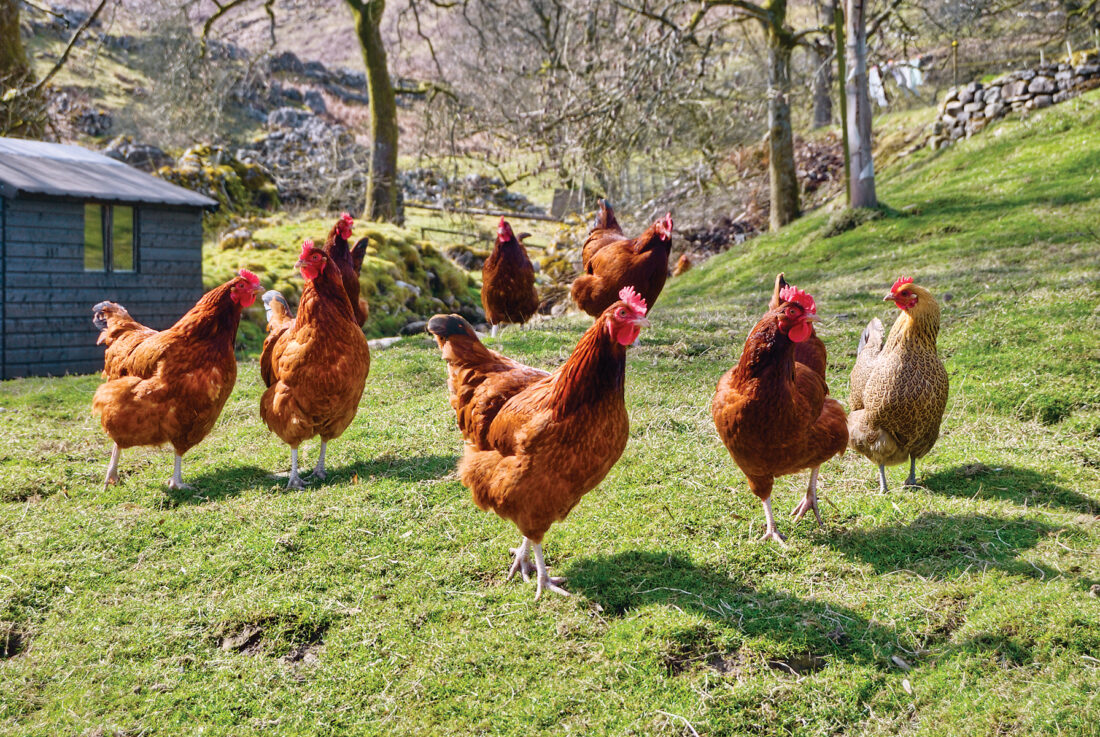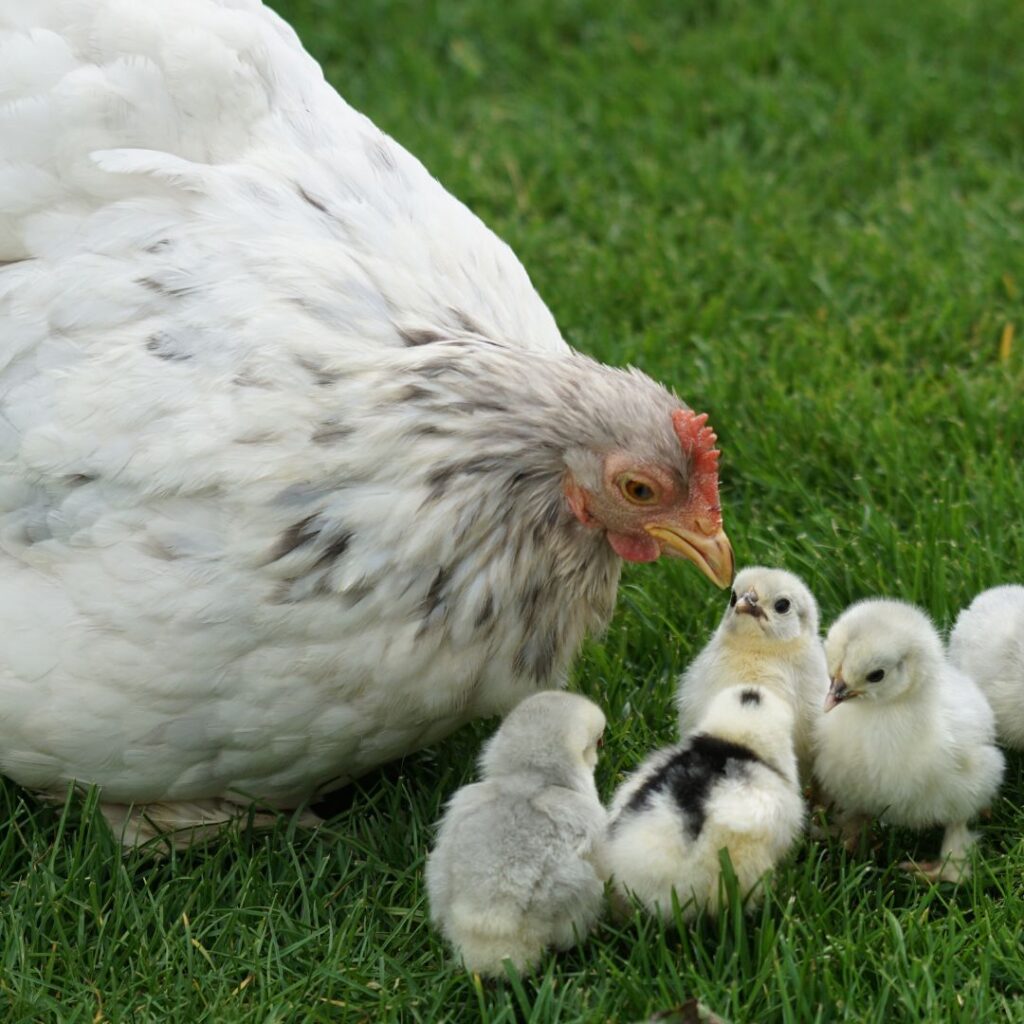Are you curious about the largest breed of chicken in the Mediterranean breed? If so, youve come to the right place. Today, we will delve deep into this fascinating topic. Trust me, if you are a poultry enthusiast, you will be delighted by the wealth of knowledge and terrific insights you’ll gain.

Understanding Chicken Breeds in the Mediterranean Region
The Mediterranean region is home to some of the most unique and prolific chicken breeds. Known for their adaptability and egg-laying capacities, these breeds have been the cornerstone of poultry farming in the region.
The Andalusian: A Tremendous Chicken Breed
Among these breeds, the Andalusian chicken stands out for its size and remarkable features. Originating from Spain, this breed is known for its stunning slate-blue feathers and sturdy build.
Minorca Chicken: Another Big Player
The Minorca chicken, another prominent Mediterranean breed, is noted for its large size and egg-laying prowess. This breed is particularly significant for those who are focused on egg production.
Comparing Mediterranean Chicken Breeds
When comparing the Andalusian and Minorca breeds, it’s tough to say which one is truly larger. However, both are celebrated for their unique attributes and their compatibility with the agricultural conditions of the Mediterranean region.

Physical Characteristics of the Largest Mediterranean Chicken Breeds
The Andalusian Physical Traits
The Andalusian chicken is known for its robust frame and high overall mass. This breed’s size is complemented by its elegant slate-blue or gray plumage.
Key Features of Minorca
The Minorca chicken is one of the largest Mediterranean breeds, easily recognizable by its glossy black feathers and substantial size.

Why Size Matters in Poultry Farming
In the world of poultry farming, the size of the chicken breed can impact various factors, including egg production, meat quality, and even the feeding cost. Larger chickens like the Andalusian and Minorca often offer a tremendous return on investment.

The Genetic Makeup Behind the Size
Understanding the genetic factors that contribute to the large size of these Mediterranean breeds can provide insights into their breeding and farming requirements.
Genetic Traits of Andalusian Chicken
Andalusian chickens often possess genes that promote growth and robustness, contributing to their larger size.
Genetics of Minorca Chicken
Similarly, Minorca chickens carry several genetic traits that make them one of the biggest and most durable of the Mediterranean breeds.
The Role of Diet in Size Development
A well-balanced diet is essential for promoting the growth and health of these large chicken breeds. Both Andalusian and Minorca chickens benefit from a rich diet that complements their genetic predispositions.
Environmental Factors Affecting Growth
Environmental conditions play a critical role in determining the physical attributes of these Mediterranean chicken breeds. Factors like climate, housing, and space can significantly influence their size and overall health.
Care and Maintenance Tips for Large Mediterranean Breeds
Proper care and maintenance are crucial for ensuring the well-being of these large breeds. Here are some tips:
- Provide adequate space for movement.
- Ensure a nutrient-rich diet.
- Regular health check-ups.
Economic Benefits of Raising Large Chicken Breeds
Raising larger breeds like Andalusian and Minorca can offer economic advantages, from higher egg production to better meat yield.
Challenges in Raising Large Mediterranean Chicken Breeds
Despite their benefits, these breeds come with challenges such as higher feeding costs and the need for more spacious housing.
Frequently Asked Questions
1. What is the primary feature that makes a chicken large?
The primary feature of large chickens is their robust genetic makeup, complemented by a nutrient-rich diet and conducive environmental conditions.
2. Are Andalusian and Minorca breeds difficult to care for?
With proper care and the right resources, both Andalusian and Minorca breeds are relatively easy to manage and maintain.
3. Can these large breeds adapt to different climates?
Yes, while they thrive in Mediterranean climates, with proper care, these breeds can adapt to varied environmental conditions.
For more information on chicken breeds, you can visit the breed directory.
As an Amazon Associate, I earn from qualifying purchases.
For reference, check our other articles on blue egg layers and most egg-laying chickens.
As an Amazon Associate, I earn from qualifying purchases.









